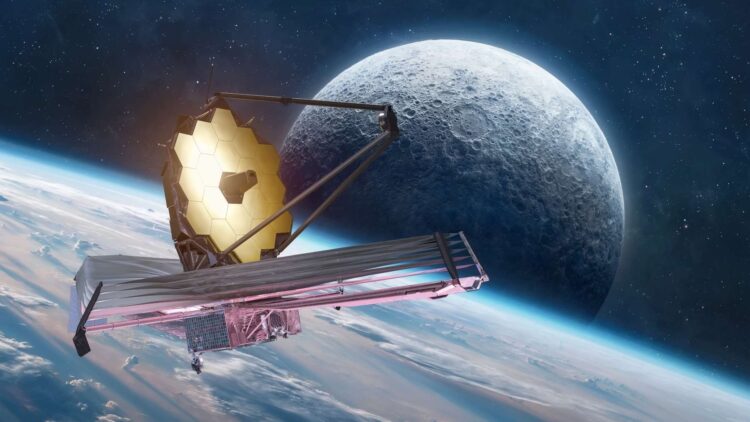The James Webb Space Telescope was one of the biggest investment that NASA has ever made, but ever since it started operating in 2021 the discoveries that it has allowed scientists to make have been so important for the scientific community at large that it has almost paid for itself. Because of the upgrades in technology that it has brought, we can now study a lot of curious things, like planets outside our solar system, known as exoplanets and other mysteries of the universe.
Exoplanets are common, after all the name just refers to planets that circle a star that is not the Sun. According to this definition any celestial object that qualifies as a planet and is outside of the Milky Way fits this definition, an to date, astronomers have found close to 5,900 exoplanets. There are likely many more out there, as we have just scratched the surface of the Universe, but the problem is that, despite knowing that they are out there, exoplanets are hard to see, and less than 2% of the ones that have been identified have actually been seen directly.
Most exoplanets are detected because they cause a tiny dip in a star’s brightness when passing in front of it, indicating their presence, but now thanks to the Webb telescope, we have managed to capture some images. And this is made more impressive by the fact that the exoplanet that has been captured is not that big at all.
The new exoplanet captured by the James Webb Space Telescope
This new exoplanet is a young gas giant, that resembles Saturn in terms of size. Saturn has a radius about nine times that of Earth, and this new planet falls into that same ballpark, but this means that among directly imaged exoplanets, this is the smallest one ever captured. To put it in perspective, it is only about one-tenth the size of the smallest exoplanet previously caught with a direct image.
The James Webb Space Telescope puts this exoplanet around 110 light-years away from us, which is really exciting as it is quite far away and proves how far the Telescope can push boundaries.
According to astronomer Anne-Marie Lagrange, who led the research for the French CNRS and the Paris Observatory, “Webb opens a new window – in terms of mass and the distance of a planet to the star – of exoplanets that had not been accessible to observations so far. This is important to explore the diversity of exoplanetary systems and understand how they form and evolve.”
The data that we have is still quite sparse, after all we still do not know what the atmosphere of this planet is made of, although astronomers are confident that with a bit of time they can figure it out, but we do know a few interesting things. The exoplanet has two big, wide rings made of dust and rocky bits, along with a third, much thinner ring which is where the planet itself sits.
We also know that both this planet and its star are both young, only about six million years old. This means that it is still in its early development phase and that the planet might still be growing, potentially getting even bigger as it pulls in more material.
The sighting of this planet is an incredible achievement for the Webb Telescope, but there is still a lot hidden in the universe that we cannot see, like, for example, other smaller planets that are the size of Earth. But Lagrange is optimistic that the day will come when we will be able to image smaller planets as well, as it could open up totally new possibilities in the hunt for life beyond our solar system. As she puts it, “Looking forward, I do hope the projects of direct imaging of Earth-like planets and searches for possible signs of life will become a reality.”

